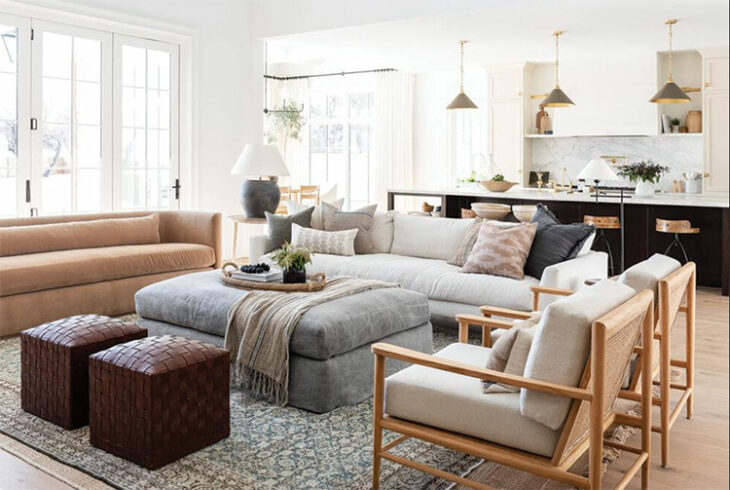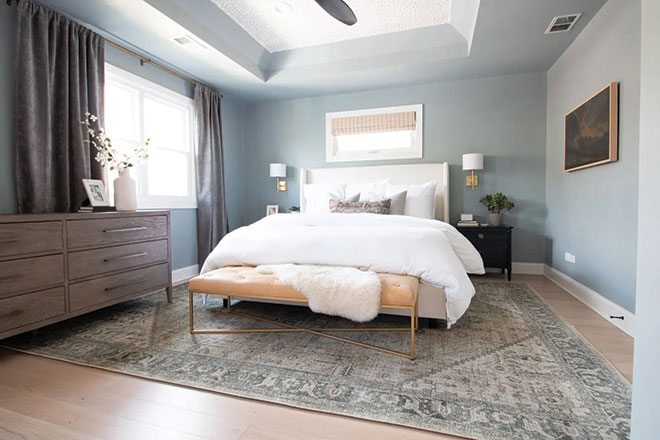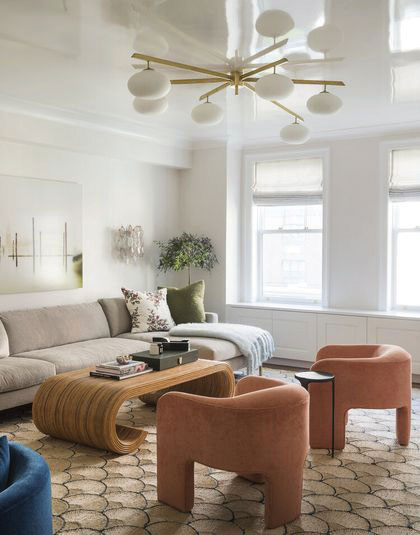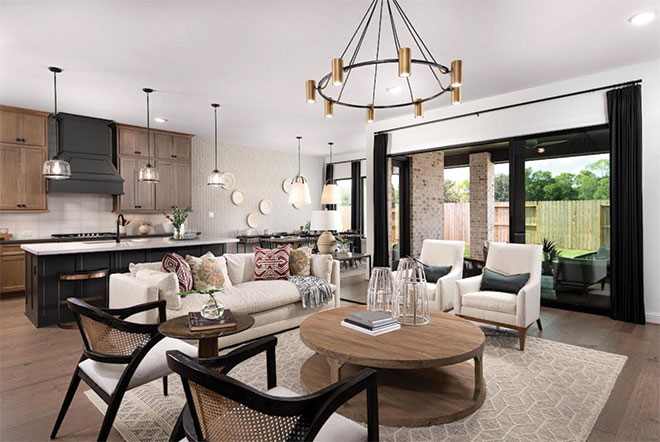We all accumulate various furnishings over time, and mixing them appropriately can be an unnerving dilemma.
Maybe you inherited your grandmother’s beautiful antique dresser. Although it doesn’t match your sleek, modern bedroom, your heart won’t allow you to part with it. Perhaps your living room centerpiece is the mid-century sofa your whole family loves — but then you find an ornate Victorian coffee table you can’t live without.
The great news is there are plenty of ways to blend successfully. Careful planning is the key to achieving a beautiful, stylish look while successfully mixing different styles and time periods.
Here are some helpful tips:
HAVE A PLAN
It’s easy to get overwhelmed when going for a mix-and-match design. Start by narrowing down the direction you want to take your décor.
USE THE RULE OF THREES
Place two larger pieces and one smaller piece, leaving ample space between all the furniture. You also can use three different sizes. The rule states that if you only put two items in one area, they may look awkward or out of place.
USE THE 80/20 RULE
This ratio rule is the perfect way to assess your design. When mixing dramatically different styles and designs, let one dominate your space, representing 80 percent of the area, then sprinkle in a few items from the contrasting styles.
USE COLORS TO TIE EVERYTHING TOGETHER
Color is one of the most essential elements when decorating your home. Color can be used as the central theme for a room, to highlight certain furniture pieces or to create the perfect vibe. Knowing how to use it correctly can make a difference in the overall design.
Use a simple color scheme to easily mix and match styles. This usually involves two neutral shades and two accent colors.
DON’T FORGET PATTERNS
Although patterns are an excellent way to assemble exciting designs, overdoing them can create chaos. Subtle patterns on smaller surface areas will generate a sense of cohesion. More extensive styled patterns on larger surface areas can appear too busy.
Don’t be afraid to mix solid and symmetrical designs using textures and layering generously.
Adding natural textures, such as linen, leather and faux fur, will give your room a more relaxed feel.
BALANCE DIFFERENT MATERIALS
When balancing different textiles, think of materials in terms of contrasts using the 80/20 rule. That will help create a well-balanced and beautifully layered space.
You don’t want a room full of just brown wood tones. For example, mix a sleek stone surface such as travertine with a more rustic material like rattan. Mixing shiny black wood finishes with matte blonde wood and adding velvet, metals and glass is a great way to create the right amount of balance.
MAKE USE OF SHAPES
Shapes are a large part of an interior scheme. Pieces that are entirely different but share some commonalities are a perfect way to tie your décor together.
KNOW THE IMPORTANCE OF SCALE
One of the most beneficial lessons in interior design is the scale of objects. It refers to the comparative size and proportion of items in a space. When pairing different pieces together, think about how they can complement each other in scale.
MAKE THE FINAL TOUCHES
The most minor details are often the things that can suddenly transform a space. Consider using items like picture frames, books, vases and lamps to add personality and character to each area of your home. Placement is critical and often can mean the difference between a distracting piece and an exciting one. Rugs, curtains and shades also are excellent finishing touches.
The main thing to remember when mixing and matching your furniture is to maintain an understated tone. Keep experimenting with different designs and techniques. This is your chance to express your originality.
Jennifer Miller is a certified interior designer, professional home stager and the president of Jennuwine Design, Sophisticated Staging. Reach her at jenn@jennuwinedesign.net.









